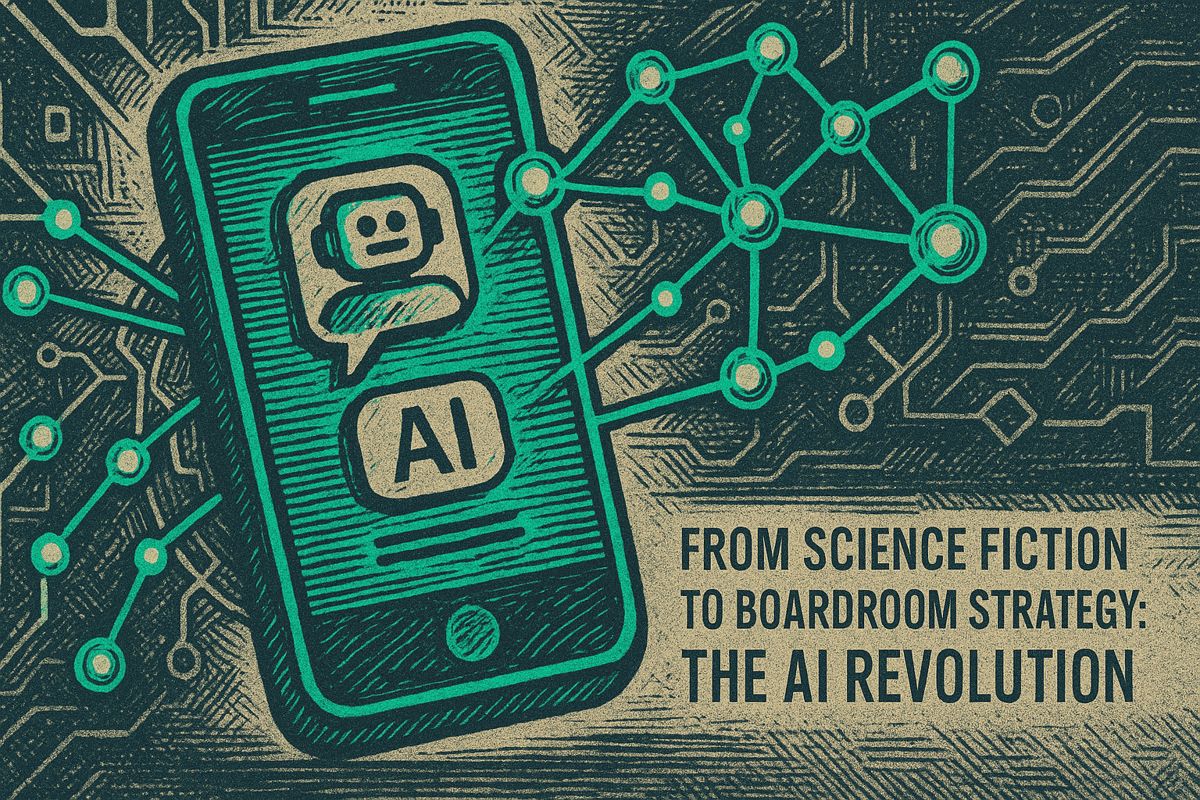Retailers and CPG brands exited 2024 with clear proof that generative AI converts curiosity into cash. Internal benchmarks collected across 60 enterprise pilots show a 23 percent average uplift in revenue per visitor after teams switched from rule-based recommendation engines to large-language-model pipelines that write dynamic copy, assemble creative and sequence offers in real time.
Why shoppers respond so strongly
• Consumers receive more relevant items, fewer generic blasts and faster answers to niche questions.
• Models analyse thousands of attributes per profile, including context such as weather, on-site gestures and social sentiment, then choose the next best product, tone and channel within milliseconds.
Proven revenue lifts
| Brand | AI use case | Commercial impact |
|---|---|---|
| Sephora | Virtual Artist and Smart Skin Scan personalise routines from 70,000 skin images | 29 percent higher conversion and 34 percent better retention according to the Zeely AI report |
| Nutella | Seven million AI-generated jar labels turned every SKU into a collectible | Entire production run sold out, validating mass personalisation at shelf level |
| Yum Brands | Reinforcement learning in email timing and content | Repeat purchase rates rose while churn fell in less than one quarter, reports the Digital Agency Network study |
| Amazon | Real-time recommendation engine across browse, purchase and wish lists | Continues to drive higher loyalty and incremental basket size |
The Data-Design-Distribution playbook
- Data – Unify behavioural, transactional and zero-party data in a customer data platform. Accurate identity stitching keeps hallucinations out of downstream models.
- Design – Feed validated data into diffusion or language models fine-tuned on brand guidelines. Guardrails ensure images, copy and pricing stay on-brand.
- Distribution – Deploy agents that decide channel, timing and creative variant for each individual, then capture response signals to retrain the model daily.
Guardrails that protect trust
• Privacy – 92 percent of companies use AI personalisation, yet nearly half worry about privacy. Explicit consent prompts and tiered data access policies mitigate risk.
• Bias – Pre-launch bias audits catch skew such as over-representing a single skin tone. Sephora pairs every model suggestion with a human override option.
• Transparency – Clear badges identify AI-generated images in H&M digital-twin campaigns so customers understand the creative process.
90-day starter checklist
- Map current customer journeys and flag friction points that automation could remove.
- Select one monetisable moment, for example cart abandonment or replenishment reminders, and fine-tune a small model on that slice of data.
- Run an A-B test against legacy rules for four weeks, measuring incremental revenue per visitor and brand sentiment shifts.
- Expand to adjacent journeys only after the first loop proves profitable.
Marketing leaders that operationalise this iterative loop can scale one-to-one experiences without scaling headcount. Early movers already see visitors staying longer, buying more frequently and championing the brand across social stories. The competitive gap is widening with every model training cycle.
How does generative AI actually lift retailer revenue by 23%?
Hyper-personalized campaigns turn every touchpoint into a sales moment.
Sephora’s AI-driven Virtual Artist analyzed 70,000 skin images to recommend foundation shades in real time – conversion rates jumped 29% and product returns fell 18%.
Nutella printed 7 million unique AI-generated jar labels; the entire collectible run sold out in weeks.
When the offer feels “made for me,” shoppers buy more, return less, and post freely, compounding the 23% revenue spike.
What data is needed to power these campaigns without creeping customers out?
Zero-party data (preferences volunteered in quizzes or chats) plus first-party behavioral signals (clicks, dwell time, wish-list adds) are the safe fuel.
Sephora asks users to snap a selfie; H&M’s digital-twin models are built from 30 consenting real models who keep image rights.
92% of brands now use AI personalization, but 48% worry about privacy – transparent opt-ins and “why we asked” micro-copy keep trust (and opt-in rates) high.
Which teams inside a retailer need to sync for AI personalization to work?
Marketing, merchandising, and data engineers must share a real-time customer data platform (CDP).
Forrester finds retailers with a unified CDP grow 2.4× faster because the AI can see inventory, pricing, and content in one stream.
Weekly “bias & bounce” meetings – 15-minute stand-ups where marketers flag odd AI suggestions – cut off-brand creative by 60% before it reaches shoppers.
How fast can a mid-size retailer deploy generative AI without a seven-figure budget?
Plug-and-play hubs like Google Performance Max or HubSpot’s AI copilot launch in 4-6 weeks.
Early users see 18% more conversions and 12% lower cost per acquisition versus manual campaigns.
Start with one high-impact use case – AI-written subject lines for cart-abandon emails – then expand to on-site product badges and paid-social creative.
What ethical guardrails stop AI from crossing the “creepy line”?
- Human veto on every AI asset (H&M keeps a final stylist review).
- No demographic proxy discrimination – if the AI withholds a discount based on zip code or age, it’s flagged.
- Explainable recommendations – Sephora shows “picked because you have cool undertones and prefer matte finishes.”
Brands that publish a short “AI charter” on their site enjoy 12% higher repeat-purchase rates; transparency is becoming a loyalty driver, not a legal checkbox.



















